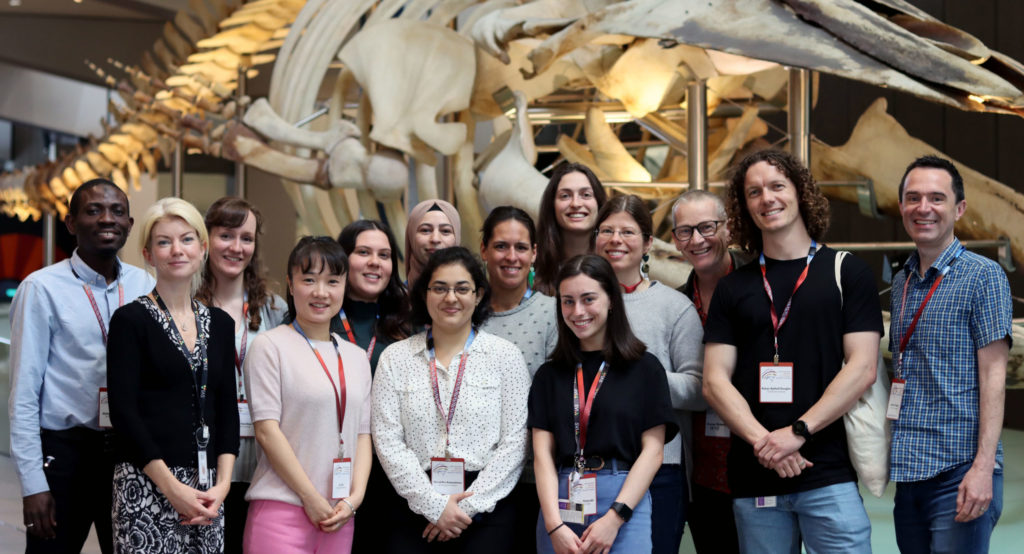What are aldehydes and what do they do?
Research has shown that small molecules called aldehydes cause DNA damage and increase the potential for bone marrow failure. Aldehydes are formed within our bodies (endogenous) and from sources outside our bodies (exogenous). Exogenous aldehydes are found in sources such as automobile and cooking fumes and cigarette smoke, and dietary sources such as alcoholic beverages. Aldehydes are metabolized (or detoxified) in the body by a group of enzymes called aldehyde dehydrogenases.
What about in the context of FA?
Studies have shown that aldehydes (which cause DNA damage) have accelerated progression to bone marrow failure and aplastic anemia. In animal studies, mice that do not express ALDH2 and FANCD2 have spontaneous leukemia and bone marrow failure.
Drs. Jennifer Tsai and Dr. Kenneth Weinberg from Stanford conducted a recent study funded by FARF to investigate whether a small molecule activator of ALDH2 could protect against bone marrow failure. The goal of the study was to develop pre-clinical data and tools that will be needed to support a clinical trial for ALDH2 activators in people with FA.
Dr. Tsai presented results from their study at the Symposium and demonstrated that Alda-1, a small molecule ALDH2 activator, protected and expanded the number of hematopoietic stem cells (HSC) in mice and decreased hematopoietic stem cell (HSC) death. The drug was safely tolerated, non-toxic, and actually expanded stem cells regardless of the presence of mutations in ALDH2. A three-week treatment of mice with Alda-1 improved stem cell function that persisted for six weeks post-treatment, indicating the potential for longer-term protective effects. Results from this study will be used to develop the feasibility and efficacy of this treatment strategy for a clinical trial in people with Fanconi anemia.
Article based on a presentation by Jennifer Tsai at the 2018 Scientific Symposium




